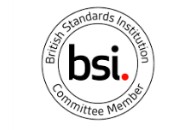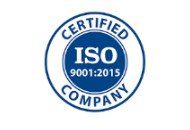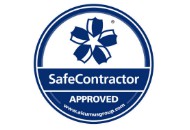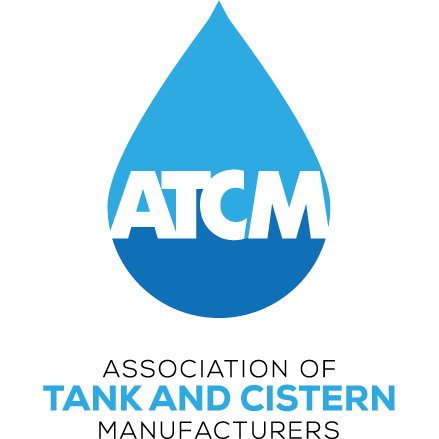Legionella Prevention and Control
Cold Water Storage Tanks
Prevention and Control of Legionella in Cold Water Storage Tanks
Only 20 percent of annual legionellosis cases diagnosed in Europe are judged to be travel-related. The other 80 percent are contracted at home, at work, or as Healthcare-associated infections.
Some of these domestic cases result from Legionella lurking in improperly maintained cold water storage tanks. Fortunately, preventing the spread of Legionella in water doesn’t have to be difficult. Keep reading to learn the few easy steps you need to take to keep your water clean and safe.
What Is Legionella?
Legionella is a form of bacteria. It comes in multiple strains. One of the most notable is Legionella pneumophila.
Being exposed to Legionella can lead to a variety of infections. Collectively, these infections are referred to as Legionellosis. Specific types of Legionellosis include Legionnaires’ disease and Pontiac Fever. Pontiac fever is typically mild and sometimes compared to influenza. Legionnaires’ disease is an aggressive form of pneumonia which often requires hospitalisation and can prove fatal.

How Is Legionellosis Contracted?
Individuals can contract legionellosis by breathing in or consuming tainted water. Even small amounts of aspirated bacteria can lead to infection.
Who Is at Risk?
Approximately 10,700 Europeans contracted legionellosis in 2021. Legionella is most likely to cause sickness in exposed individuals who are:
- Smokers
- Alcoholics
- Elderly
- Diabetic
- Suffering from cancer, kidney disease, or a chronic respiratory illness
- Immunocompromised
Unsurprisingly, Legionellosis can be readily transmitted among vulnerable patients in hospital settings.
How to Treat Legionella in Water
The first step to treating Legionella in water is knowing that it is present. Checking for contamination should be part of your regular maintenance routine.
At least quarterly, test your system or tank for harmful bacteria and flush it. Flushing prevents bacteria from building up in odd corners. Ideally, test your tank at more than one point if possible since bacteria is not always evenly distributed within a tank.
Test and flush your system more often if:
- Your system or tank is old
- Your system or tank is at higher-than-average risk for contamination
- Anyone in your household, business, or facility is immunocompromised or at high risk for contracting Legionellosis
- You find sediment building up inside
If you discover that your tank is contaminated, clean it thoroughly. Use copper or ionisation or a biocide treatment such as chlorine dioxide to sanitize the tank.
Legionella Prevention
Preventing Legionella from taking hold in your system is, of course, preferable to dealing with it once it is present. To keep the bacteria out of your system:
- Buy only water tanks made by an approved manufacturer
- Streamline your plumbing to avoid loose or dead ends and unnecessary openings
- Keep your tank at 20°C or lower
- Clean and maintain your system responsibly
- Use only appropriate, properly installed plumbing materials
- Fit tanks and pipes with screens, lids, and other barriers to prevent contamination where appropriate
Chlorine
Adding chlorine to your water tank can prevent the growth of Legionella. It is important to measure your ratios carefully, however, as adding too much of either substance can be toxic.
To use chlorine for Legionella control in your tank, add 4 parts chlorine to your tank for each 1,000,000 parts water.
When in doubt, hire a professional to treat your tank to ensure the correct proportions are used.
Choosing the Right Water Tank
One of the most powerful things you can do when it comes to Legionella prevention is to pick the right tank in the first place.
First, look for GRP cold water storage installations in either off-the-shelf or custom designs appropriate to your volume and situational needs. For example, city and cube tanks are ideal for small or inconvenient spaces, while sectional tanks can be appropriate for larger volumes. If you’re not sure what size you need, use our tank size calculator to work out an estimate.
Second, choose opaque tanks that keep ultraviolet rays at bay. This prevents the inside of the tank from corroding. Corrosion and associated debris can leave your tank at higher risk for contamination.
Third, where appropriate, outfit your tank with a pump or booster to eliminate stagnation. Keeping water moving will reduce the chances of biofilm formation and therefore lower the chances of Legionella growth in your tank.
Fourth, select a tank with a design that you can maintain. One piece tanks, for example, require almost no maintenance. They can be a great choice for buyers with limited time or ability to regularly test and flush their tanks.
Professional Installation
Always purchase tanks from certified manufacturers in compliance with all local and national regulations. Have your tank put in by a company whose installation teams are certified, trained, and experienced.
Professional installation ensures that your tank:
- Goes in without damage
- Is clean, intact, and safe
- Is assessed by experts
Professional installers can help you identify and correct places where your water tank or system might be open to contamination. Addressing these areas of concern when the tank goes in can make maintaining the tank easier and more effective for the life of the product.
In most cases, professional installation is also necessary to retain any warranties the product may come with. It may also be required by local codes or your home insurance policy.
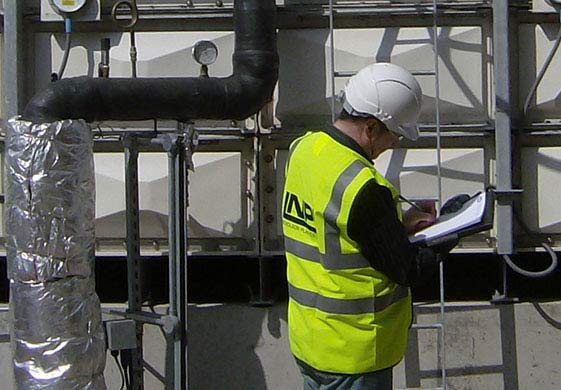
Let Us Help
If you still have questions about Legionella prevention or treatment in cold water storage tanks, we can help! Our experts know water tanks inside and out, so give us a call or use our online contact form to get the answers you need today.
Our Accreditations
At Nicholson’s, we pride ourselves in manufacturing and installing GRP water tanks of the highest quality throughout the UK. Click to see Our Certifications.
Why work with us for your Water Storage Needs?
Over 50 years’ industry experience
Projects completed in the last 24 months
Tricel Lanark is a UK GRP Cold Water Storage Tank Manufacturer with a proven track record in the supply of water tanks to all industry sectors throughout the UK. We have an expert team on hand with over 50 Years' industry experience. Our team works hard to provide exceptional industry lead times from quotes, site visits, order processing, and delivery. We are a British Standard approved company with full certification through BSI/ISO9001 including WRAS approved certified water tanks suitable for potable drinking water.
- Over 50 years of technical knowledge.
- Quality assurance at a local level.
- UK customer support teams, backup, replacement service & advice.
- Supporting local and sustaining UK manufacturing.
- Regional sales representatives for site visits, emergency water requirements, and project advice.
Data Centres
Airports
Government Buildings
Hotels
Our Team Tank Care+ Service for your Cold Water Tanks
Our support team is on hand to answer all your water tank queries. Call, email or talk to us via our webchat today. Track your order, general enquiries, water storage tank specifications, request a quote or just give us feedback.
Our team has over 50 years of experience in providing GRP cold water tank solutions to our customers across all industry sectors throughout the UK.
We are happy to help, get in touch!




